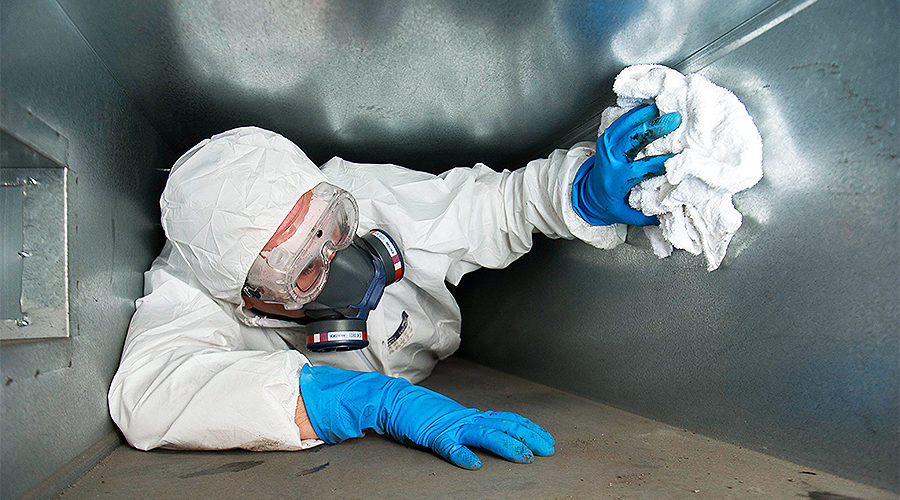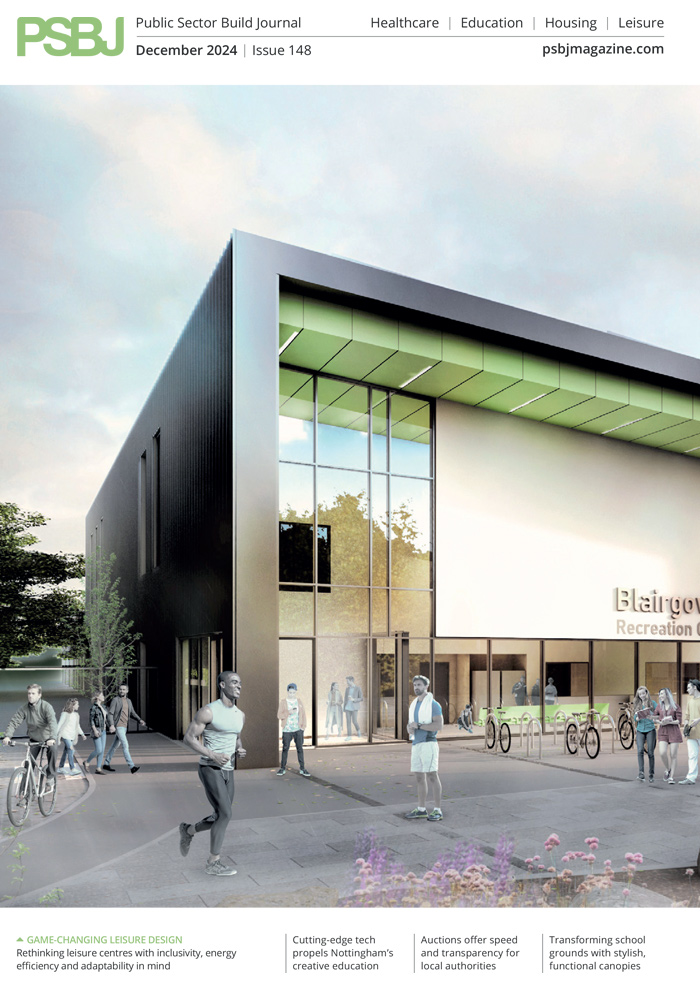TR19® Air, published by the BESA, provides a clear specification for professional cleaning of ventilation systems. Gary Nicholls, MD of Swiftclean and Co-Author of both TR19® Air and TR19® Grease, examines this new publication.
Swiftclean
For many years, ventilation hygiene was undoubtedly dependent on how diligent and enlightened each building manager was. Some systems were scrupulously maintained; others, sadly neglected. The introduction of industry guidance, first with TR17, then with TR19, has gradually brought about far greater awareness of the importance of ventilation hygiene and its effect on indoor air quality.
Since the pandemic, we are all more sharply aware of the importance of indoor air quality, so TR19 Air has, therefore, arrived at a time when ventilation hygiene is taken more seriously by all parties. Indeed, this new publication takes us a significant step from leading industry guidance to a specification everyone should comply with.
The new TR19 Air specification stipulates the need for regular cleaning of the ventilation ductwork in order to ensure that ductwork does not pollute the incoming air by harbouring airborne pollutants such as bacteria, dust or volatile organic compounds. TR19 Air highlights the importance of ventilation cleaning and compliance in maintaining a safe, healthy building.
As with its predecessors, TR19 Air requires ventilation systems to be classified as high, medium and low, depending on their usage and the areas that they serve. This classification affects the regularity of cleaning, and TR19 Air contains helpful tables giving intervals for cleaning each classification.
There are two key changes; a new emphasis on inspection and testing of the cleanliness of the ductwork; and specific advice about access, especially at the design, construction and installation stages.
In order to achieve and maintain compliance with TR19 Air, it is necessary to be able to access the entire system. This may sound obvious, but, in the past, the design and construction of systems has not always incorporated sufficient access points to be able to clean the entire run of ductwork, especially around turns or when meeting with a fire damper.
Where ventilation ductwork passes through an internal fire-resistant wall, it creates a ‘breach’ in the wall, and the ductwork itself can act as a chimney through which smoke and flames can travel. So, it is vital that this breach can be closed in the event of a fire. This is achieved by installing a fire damper, a set of steel louvres that are left open to allow air to circulate but which drop into a closed position automatically in the event of a fire, resealing the fire-resistant compartment. Clearly, it is important to ensure that these work effectively, so there is a legal requirement under BS:9999 to ‘function’ test them at least every 12 months.
TR19 Air strongly recommends that there are access points no more than 1m from each side of the fire damper – essentially an arm’s length – to ensure that drop testing and cleaning are possible. This 1m rule also applies to turns in the ductwork. In some stretches of ductwork, operatives will actually enter the ductwork in order to clean it, but climbing through a turn or angle is not usually feasible, so access to each side of the turn is required.
Additional access hatches can be retrofitted later, but this is inevitably more expensive and potentially more difficult than installing them from the outset. Ductwork may be twin walled and contain insulation materials in some sections, and FMs rarely have details of where these stretches are.
TR19 Air also warns against installing utilities such as gas pipes, water pipes or electric cables, across access hatches, causing an obstruction and preventing their use. This has occurred far too often in the past, and should not be permitted. Access also has to be safe for the technician, who will sometimes be working at height, so it must be safe for them to reach inside or to enter or exit the ductwork.
Cleaning and testing should be carried out by a member of the BESCA Vent Hygiene Register. Register members can provide post-clean certification, which demonstrates compliance, forming valuable legal protection against any accusation of negligence.
We still have a lot of older ventilation systems in the UK, some of which may never have been serviced or maintained. Ventilation systems in, particular, have, in the past, too often been out of sight and out of mind when it comes to maintenance. Thankfully, this has changed a great deal thanks to the advent of the guidance document TR19 and now, the new TR19 Air specification. This new publication should help to put ductwork hygiene more firmly on the building manager’s to-do list on a regular basis.
It is to be hoped that we might see a final burst of positive retrofitting of access doors in neglected older systems to help bring them up to compliance with TR19 Air. Hopefully, non-compliant, inaccessible systems will soon be a thing of the past, especially with the BESA’s encouragement. The BESA has billed TR19 Air as a revolution in indoor air quality and, if everyone ensures that their ventilation system is compliant in the future, we hope this will very much be the case.

Gary Nicholls is the Managing Director of Swiftclean











